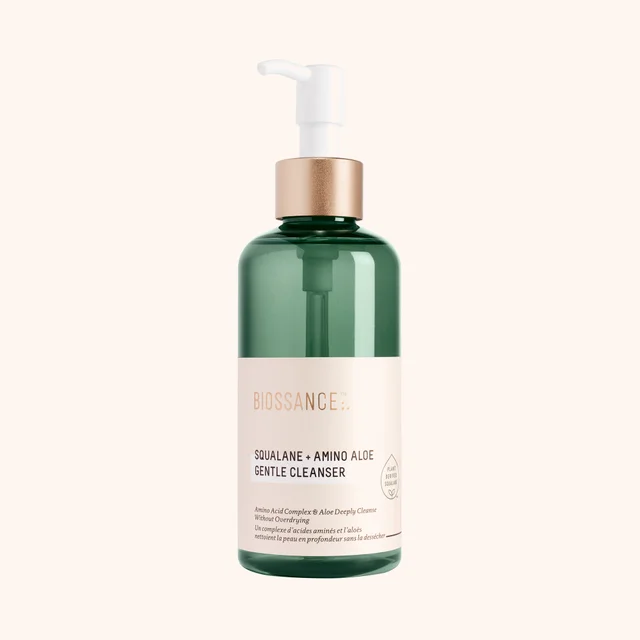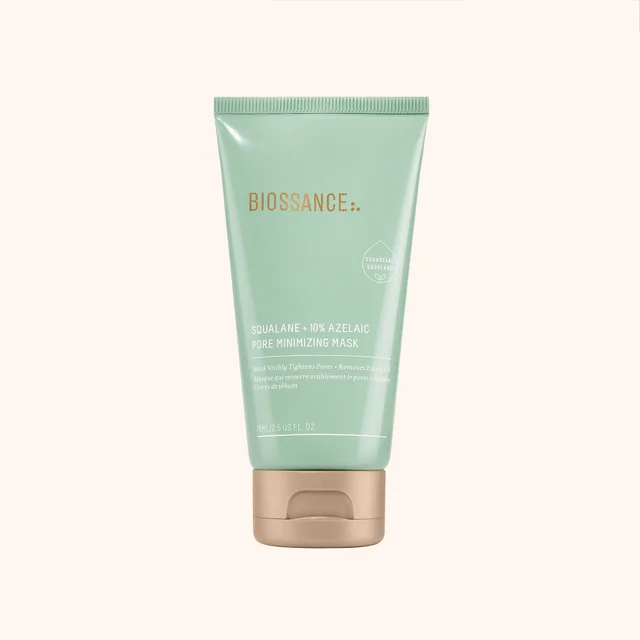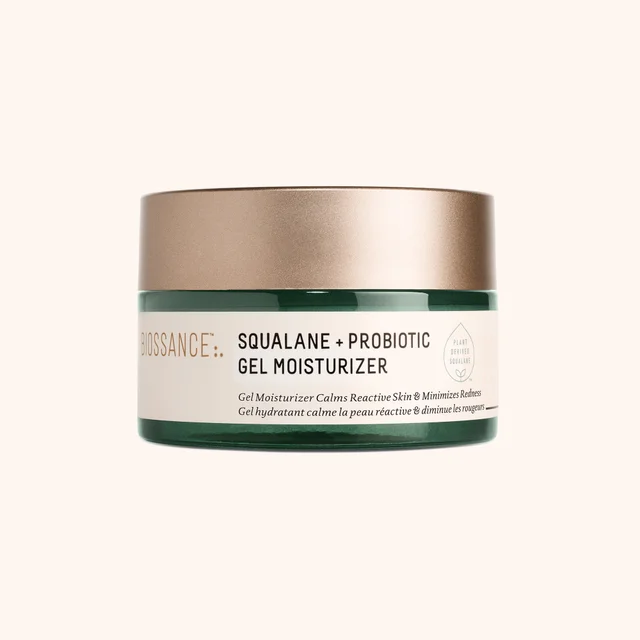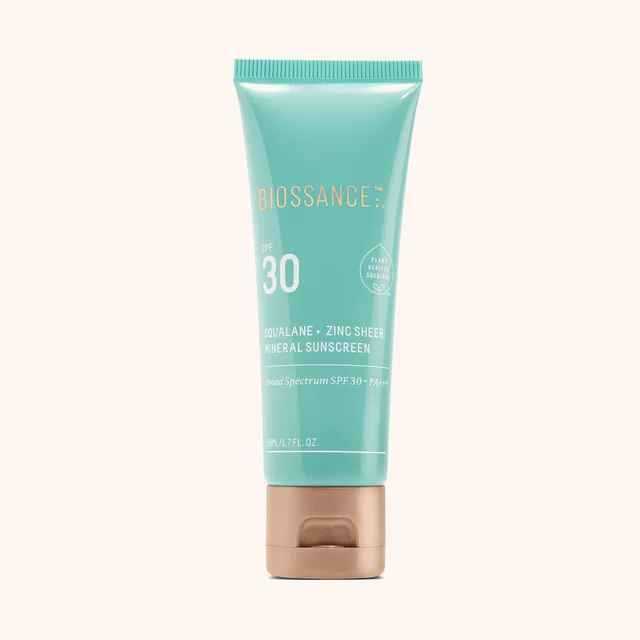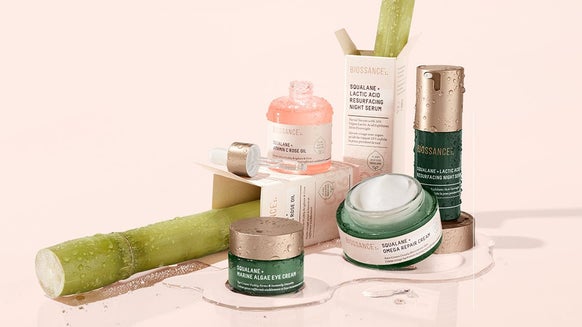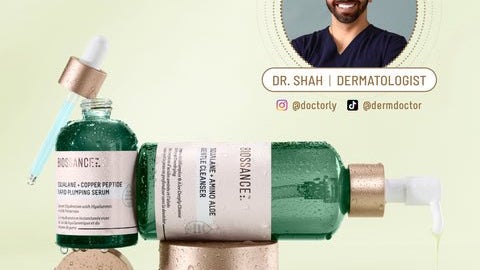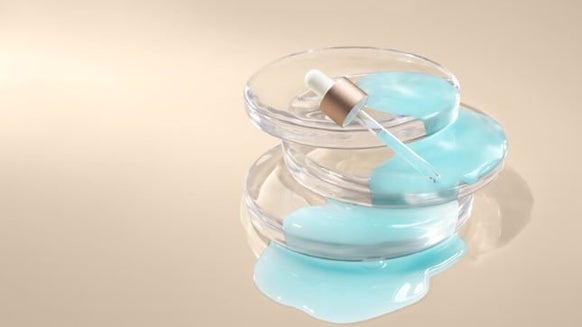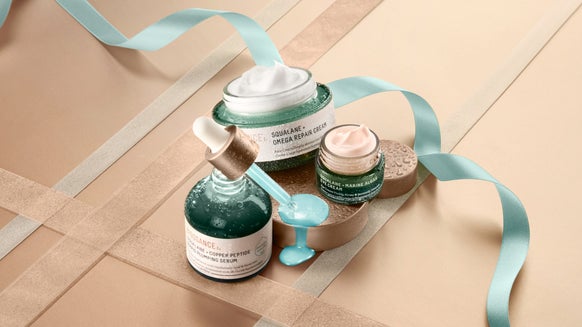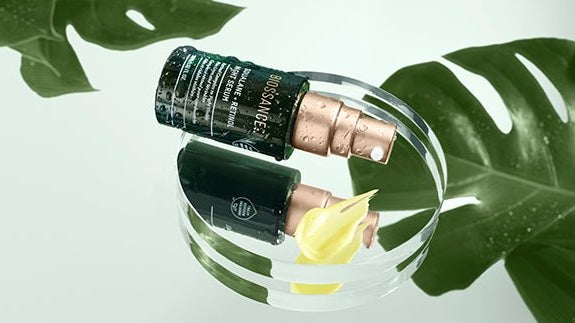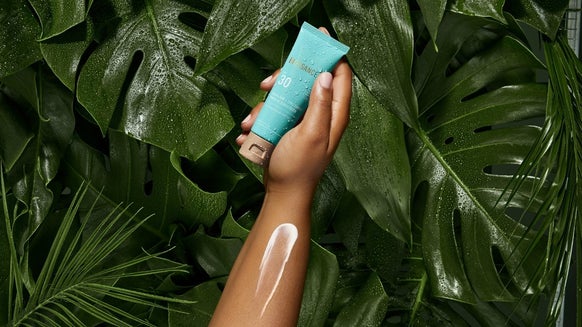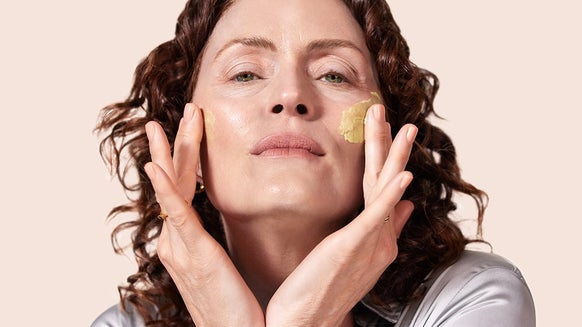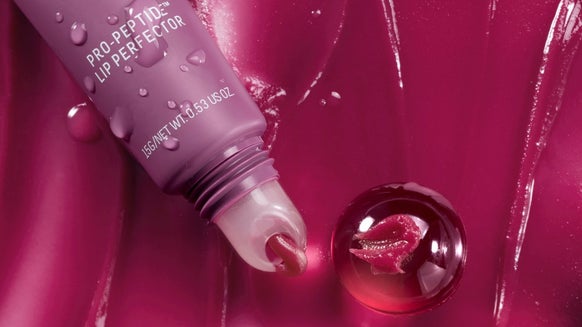The Ultimate Guide to Calming Facial Redness and Irritation
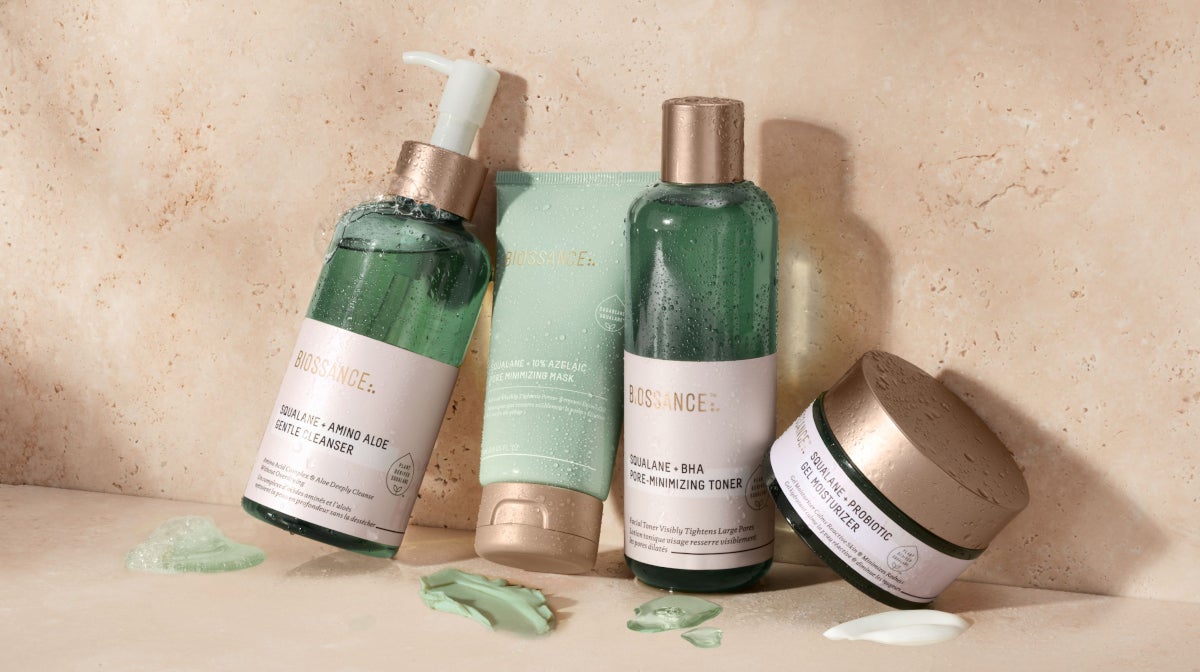
If you’ve ever looked in the mirror and wondered why your cheeks are flushed (even when you’re not warm), or why your face feels tight and uncomfortable after washing it—you’re not alone. Facial redness is incredibly common and just as complex. Understanding how to reduce redness on your face starts with knowing what’s causing it and using the right calming ingredients that treat your skin without triggering it further.
The Biossance approach is rooted in science-backed formulas that support your skin barrier while delivering visible results. Keep reading to learn what’s behind facial redness, how to reduce skin redness based on its cause, and why ingredients like azelaic acid can be a game-changer for calm, radiant skin.
What Causes Facial Redness?
Redness is often your skin’s way of sounding the alarm. It can result from inflammation, barrier damage, increased circulation, or a reactive response to external triggers like sun, heat, or certain skincare ingredients. Common causes include over-exfoliation, sensitivity to fragrance, extreme temperatures, and skin conditions like rosacea or acne. Even everyday stressors like pollution or hormonal fluctuations can increase redness over time. The key is to identify what’s affecting your skin and respond with gentle, barrier-supportive care.
Redness vs. Rosacea: Know the Difference
Before you can treat redness, it’s important to determine whether it’s occasional or chronic. Temporary redness from irritation or exfoliation tends to come and go. It typically responds well to hydration and calming ingredients.
Rosacea, on the other hand, is a long-term skin condition that causes persistent redness, visible blood vessels, and in some cases, bumps or pustules. People with rosacea often have a compromised barrier, making their skin more sensitive to environmental triggers and even to certain cosmetic products.
So, can skincare products trigger rosacea? Yes, they can. Harsh exfoliants, alcohols, menthol, and fragrance are all potential culprits. That’s why it's critical for those with rosacea-prone skin to use products that are free of common irritants and clinically proven to reduce inflammation.
How to Reduce Skin Redness Step by Step
Reducing redness starts with simplifying your skincare and focusing on ingredients that soothe, clarify, and protect. Here's a calming routine that can help restore balance.
Step 1: Cleanse Gently with Amino Aloe Cleanser
Use a pH-balanced, sulfate-free cleanser to remove debris and pollutants without stripping your barrier. Avoid hot water and facial scrubs that can worsen irritation.
Step 2: Treat with 10% Azelaic Acid Mask
To reduce inflammation, fade discoloration, and keep pores clear, azelaic acid is one of the most recommended ingredients by dermatologists. Our Squalane + 10% Azelaic Pore Minimizing Mask delivers this powerful ingredient in a non-drying clay formula that’s ideal for sensitive, oily, or redness-prone skin.
This targeted treatment helps reduce skin redness while also decreasing dead skin buildup and refining texture. Unlike traditional clay masks, it doesn’t crack or leave your skin feeling tight, thanks to squalane, a weightless hydrator that supports the skin barrier. It also contains kaolin clay to gently detox pores and eucalyptus oil for a sensorial, spa-like experience.
Apply an even layer to clean, dry skin two to three times per week. Leave on for five to ten minutes, then rinse with warm water. For combination skin or blemish-prone areas, use it as a spot treatment on the T-zone or anywhere you’re seeing increased redness or congestion.
Step 3: Restore + Moisturize with Probiotic Gel Moisturizer
After rinsing, follow with a restorative moisturizer rich in probiotics and squalane, to visibly calm redness and soothe skin. Keeping skin hydrated is key to maintaining its resilience and soothing inflammation over time.
Step 4: Protect with Sunscreen Every Morning
Sunscreen is non-negotiable if you’re trying to reduce facial redness. UV rays are a leading cause of both flare-ups and post-inflammatory hyperpigmentation. Use a mineral-based sunscreen like our Squalane + Zinc Sheer Mineral Sunscreen SPF 30 for broad-spectrum protection that doesn’t irritate sensitive skin.
Is It Redness or Something Else?
Occasional redness can be managed with the right products and lifestyle adjustments. But if your skin is consistently red, itchy, or accompanied by breakouts and burning, it may be time to see a dermatologist for a rosacea diagnosis. If you're already dealing with rosacea, using products that include azelaic acid is often a first line of defense. It calms inflammation, helps fade discoloration, and supports a more even skin tone over time. It’s also a safer option for those who are unable to tolerate exfoliating acids like glycolic or salicylic acid.
How to Reduce Redness on Face Safely and Effectively
Learning how to reduce redness on your face is about more than just eliminating triggers, it’s about strengthening your skin’s natural defenses and choosing ingredients that work in harmony with your skin.
At Biossance, we formulate without parabens, synthetic fragrance, or alcohols because we believe skincare should soothe and nourish, never stress your skin.
The Biossance Solution for Redness
The Squalane + 10% Azelaic Pore Minimizing Mask is designed to reduce skin redness while supporting barrier health. It offers a spa-grade detox with none of the usual drawbacks of traditional clay masks. Whether you experience redness from acne, rosacea, or reactive skin, this calming treatment clears, brightens, and softens without causing flare-ups.
Use it as part of your weekly self-care ritual or keep it on hand to spot-treat redness-prone areas. Either way, it’s the gentle reset your skin needs. Soothe irritation, clarify pores, and get back to glowing. Shop our Squalane + 10% Azelaic Pore Minimizing Mask today and discover redness relief that works, without compromise.

